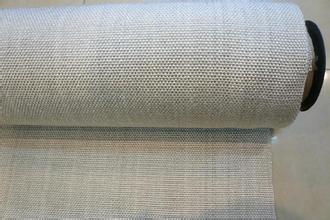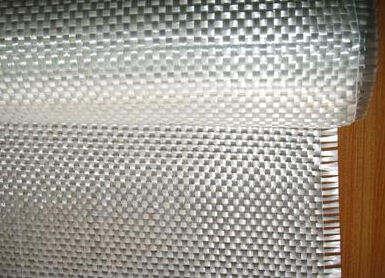CCL is the basic material needed for PCB production, and glass cloth is one of the important framework materials for CCL. Glass cloth is a fabric woven with glass fiber. It has the properties of insulation, heat insulation, corrosion resistance, non-combustion, high temperature resistance and high strength. Glass fiber has many advantages compared with organic fiber, such as high tensile strength and high modulus of elasticity. It has small water absorption, good heat resistance, good transparency and good processability. It can be used as a product of different forms such as strands, bundles, felts and woven fabrics. Because of its high quality characteristics, it plays a very important role in the manufacture of copper clad laminates.

In the late 1950s, China's glass fiber industry began to develop, and an independent industrial system was established in 60 years. At that time, the former Soviet Union's glass fiber production technology was used, and the stone emulsion sizing agent was used to produce alkali-free glass fiber for glass fiber reinforced plastic. The main product was laminated cloth for electrical insulation, which was used for military services. It was not until the mid-1960s that it gradually turned to civilian use.

The reason why alkali-free glass fiber is used for electrical insulation is that it has a series of excellent properties, and the composite material obtained by combining with the resin has high tensile strength. These excellent properties make the alkali-free glass fiber cloth gradually replace a large number of materials such as cotton and linen, silk fabric and insulating paper, and become an indispensable basic material in insulating materials.